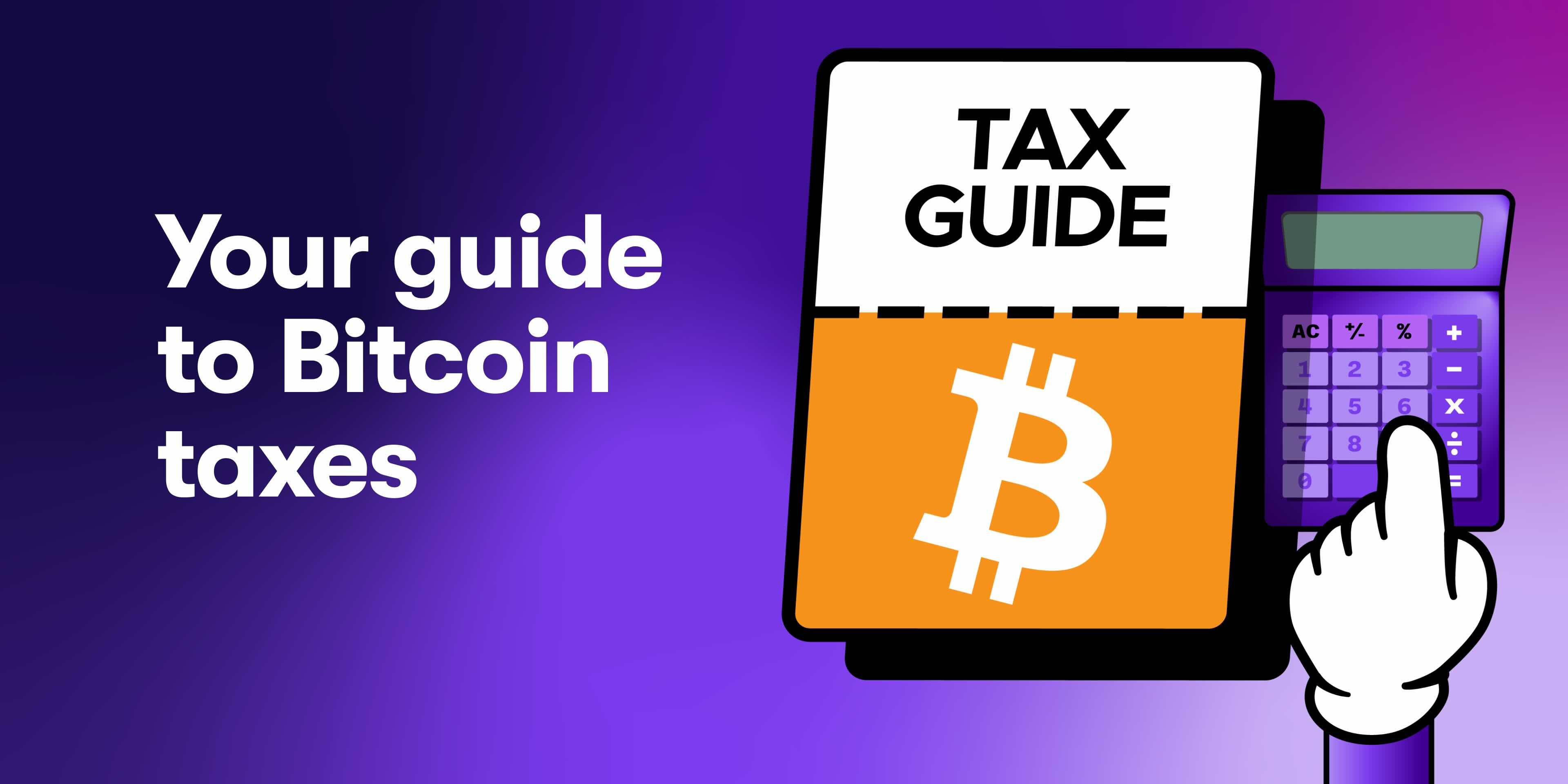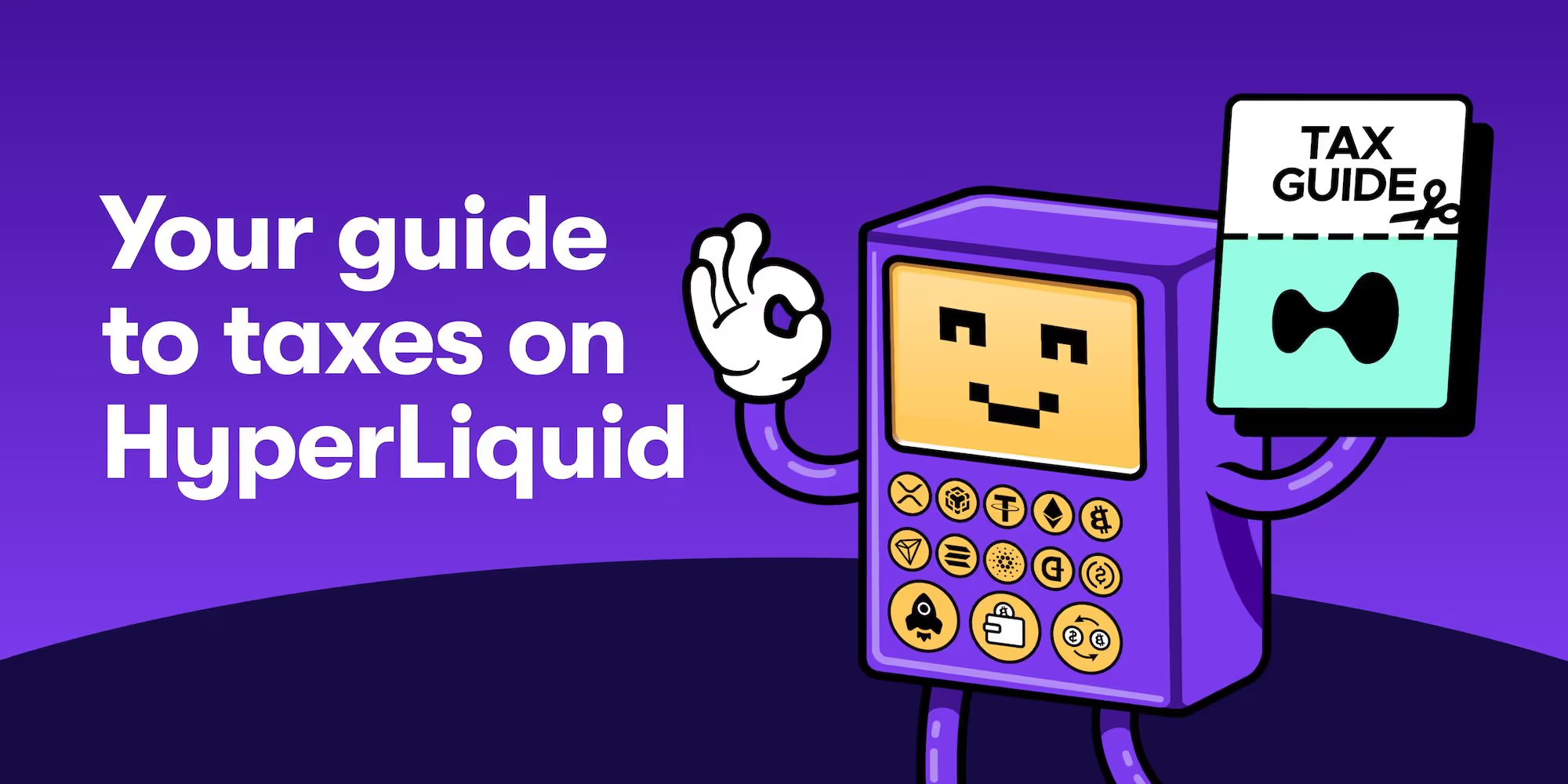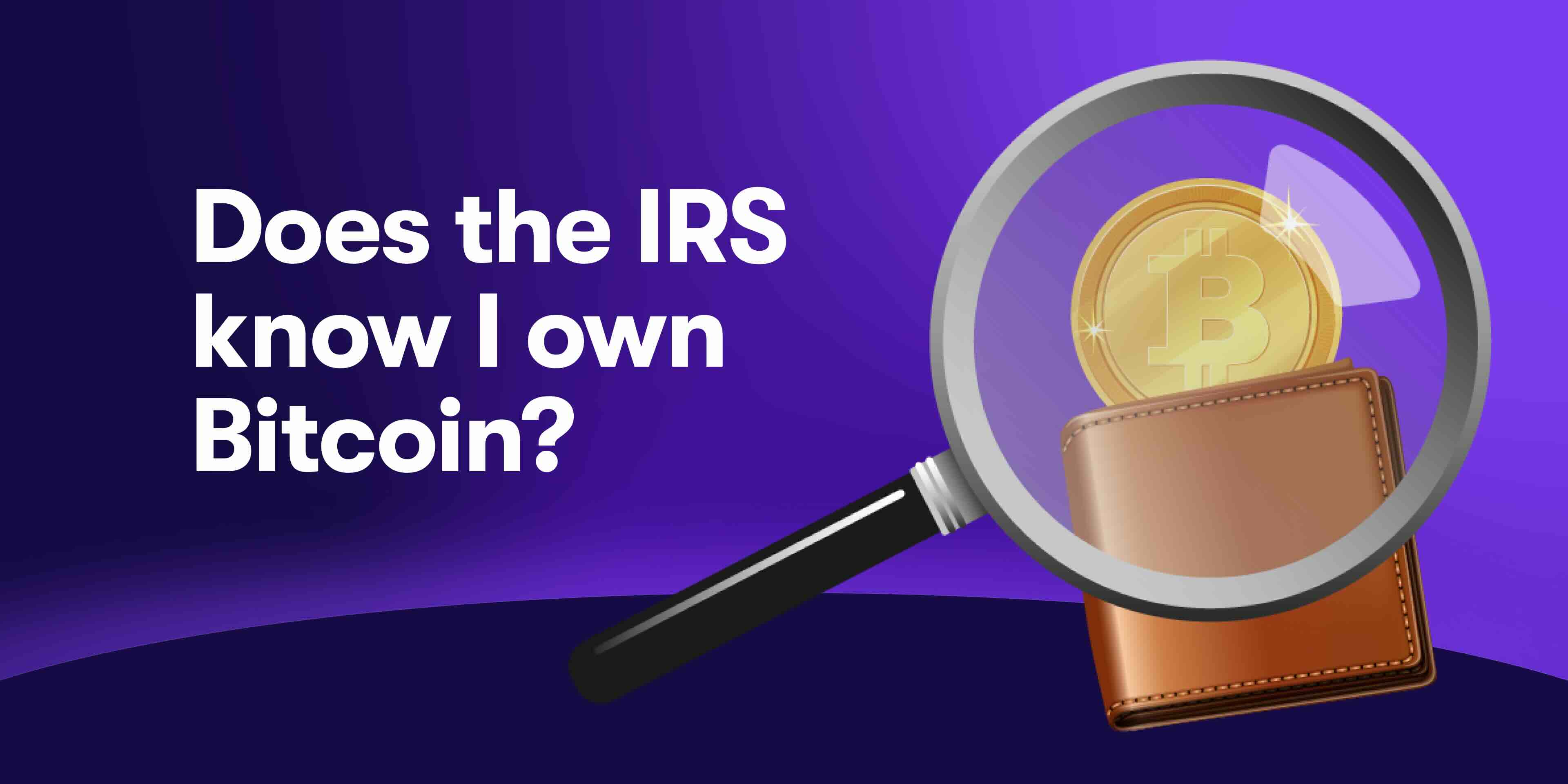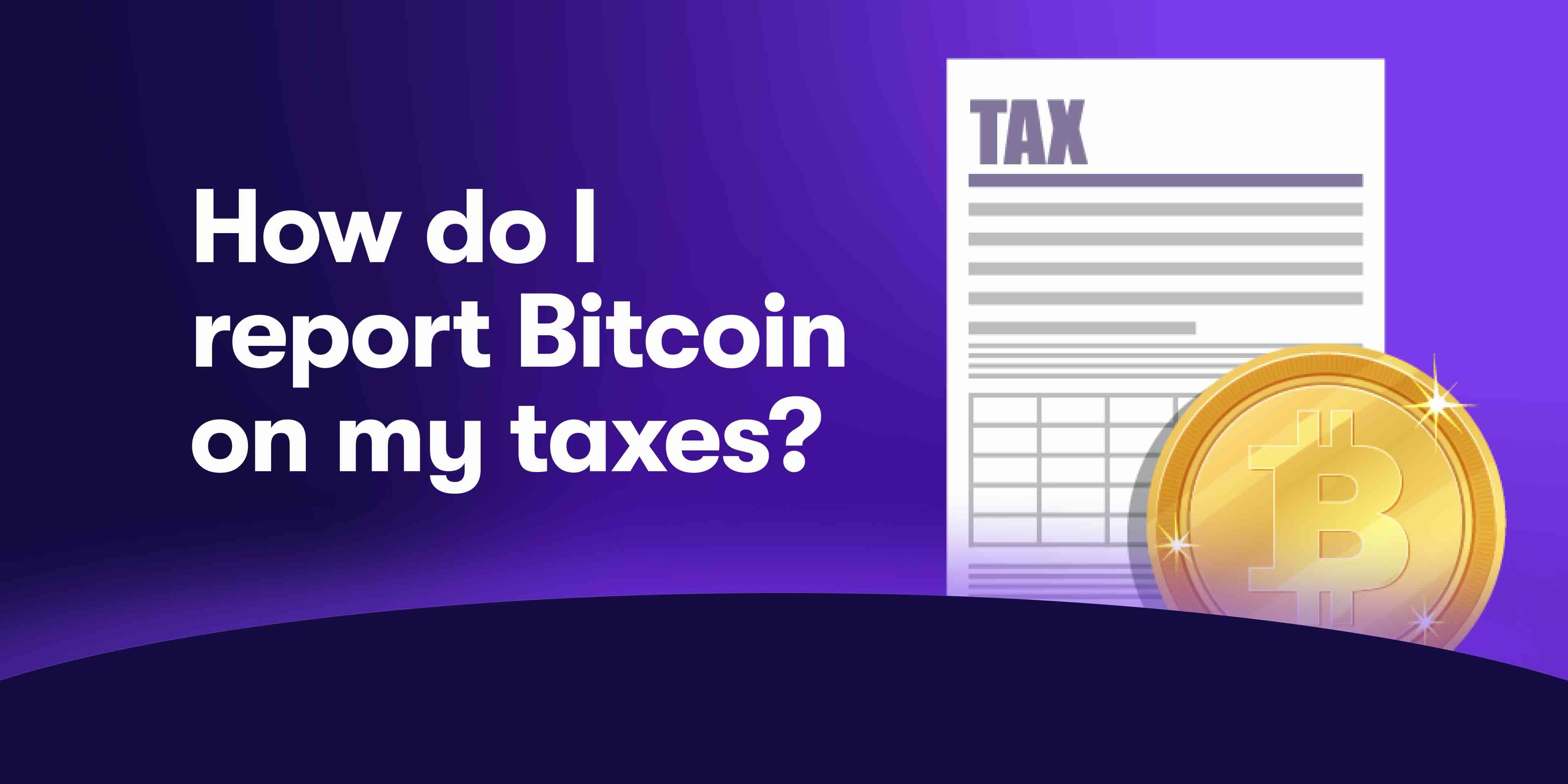This guide details the tax obligations for crypto investors and answers many common questions on a wide range of scenarios that may apply to your crypto investments. With Chainalaysis’s 2022 Geography of Cryptocurrency Report showing 70% of on-chain trades in Norway linked to NFT's , a dedicated section for NFT's and DeFi trades is included below.
Is Crypto Taxed In Norway?
In short, Yes - crypto is taxed in Norway.
The Norwegian Tax Administration, Skatteetaten, considers cryptocurrencies as virtual currencies falling under the general tax regulations for assets. While some businesses accept virtual currencies as payment and have similarities to fiat money (like the Kroner) for tax purposes, virtual currency is not considered an ordinary currency because it is not issued or guaranteed by a national central bank.
If you have purchased, sold, mined or have virtual currency assets such as Eth or Bitcoin, you must report this in your tax return. The Skatteetaten has guidelines outlining how different crypto-related activities and transactions are taxed.
Norwegian taxpayers need to consider three types of taxes and their tax values (opening market values) on January 1st of each year. These three types of taxes applicable to crypto are:
- Wealth Tax
- Capital Gains
- Income Tax
When is the deadline to report my Crypto Taxes in Norway?
The tax year in Norway runs from January 1st to December 31st. The tax deadline is April 30th, with extensions granted in special cases. As mentioned above, wealth is calculated for individuals and businesses on January 1st of each year.
Does Skatteetaten know about my crypto holdings?
Yes, it is highly likely that Skatteetaten already knows who owns or has traded crypto. Despite popular belief, cryptocurrency is extremely easy to track and is not as anonymous as many believe. Due to much stricter regulation around cryptocurrency exchanges and digital asset investment, almost all exchanges require users to complete a ‘Know-Your-Customer’ (KYC) identification application before the account can be used to purchase crypto. Exchanges and custodial wallets are covered by Anti-Money Laundering (AML) Regulations and, thus, must disclose certain information on users to government bodies. Despite Norway not being a part of the European Union (EU), the country is included in the European Economic Area (EEA). This means that data sharing between European Financial service providers (such as exchanges and custodial wallets) could be included in a data-sharing agreement between Norway and the EU. It is also likely that digital asset regulation in the EU will likely influence Norway’s stance on cryptocurrencies.
Skatteetaten can request documents from tax residents during an audit which may reveal unreported crypto holdings or related activities. It is best not to put yourself at risk of this and report correctly, as there are harsh penalties if Skatteetaten discovers non-compliance. The tax authority's documents request can include bank statements, transaction overviews, reports and other information from hot and cold wallets, exchanges, brokers, banks etc. The reports from CryptoTaxCalulator will help you compile some of this important information.
Crypto Taxes in Norway
Wealth Tax (Formuesskatt):
Cryptocurrencies are included in the wealth tax individuals may need to pay to their municipal and state. Wealth tax is calculated by determining net wealth, including crypto holdings, on January 1st of each year. An individual’s net wealth is calculated simply:
Total market value assets - deductible debt = net wealth
Crypto Tax Calculator's Inventory Report 'Opening Value' will allow you to see the market value of all the digital assets held on January 1st of each year in Norwegian Kroner. Learn how to read the Inventory Report here.
The opening values of your cryptocurrency assets must be added as 'virtual currency stock as capital/wealth' in your tax return'. The wealth tax paid depends on your Tax Class and Net Asset Threshold outlined below.
Wealth Tax to the Municipality
Wealth Tax to the State
Capital gains/losses for private individuals
Skatteetaten considers the disposal of cryptocurrency to be a capital gains event. Net positive cryptocurrency capital gains are subject to 22% income tax and must be declared. Capital losses can be carried forward to any future tax year. Generally, they will be deducted the next time you have a net positive capital gain.
The capital gain (or loss) is the difference between the market price the capital asset that was disposed of for (Capital Proceeds) and the price it was purchased for (Cost Base). The cost base selected is determined by the inventory method you select on the reports page of Crypto Tax Calculator. First In First Out invenotry method is normally used when submitted taxes to Skatteetaten, however, discuss with your tax professional if there are other options for your situation.
Capital gain = (capital proceeds - transaction fees) – cost base
Crypto transactions that likely result in capital gains/losses to declare include:
- Selling Crypto for NOK or another fiat currency (USD, EUR, etc)
- Trading Crypto for Crypto (e.g. BTC → ETH)
- Paying for goods or services with cryptocurrency
Inventory Methods
- Trading/Transfer fees
- Margin Trading
- Futures / Derivatives Trading
- DeFi
- Liquidity pools
- ICOs
The following outlines the capital gain inventory methods you can select on Crypto Tax Calculator's reports page, along with examples and more details on the potential cryptocurrency capital gain events. First In First Out is the most commonly accepted inventory method in Norway and you should discuss with a tax professional before choosing a different method like Last In, First Out or Highest In First Out.
First In First Out
In the above example, we sell our first purchase of ETH on the 1st of January with a cost basis of NOK30,000, leading to a gain of NOK15,000.
Last in First Out
In the above example, we sell our last purchase of ETH on the 4th of June with a cost basis of NOK20,000, leading to a gain of NOK25,000.
In the above example, we sell our highest-priced purchase of ETH on the 3rd of February with a cost basis of NOK60,000, leading to a loss of NOK15,000.
Decentralized Finance (DeFi) Tax in Norway
While Skatteetaten has split virtual currencies into seven overarching categories within each, there are multiple incoming and outgoing categories that you can apply to your crypto transactions. A key area you should pay attention to is when your cryptocurrency is realized. Realisation means 'transfer of ownership rights in exchange for payment and cessation of ownership rights.'
DeFi: income tax is payable, and record keeping is required for all decentralized finance transactions. You are currently asked to assess if you have made a profit, loss or income from your DeFi transactions in Norway.
Note: Norway differs from other countries' DeFi regulations by giving additional examples of taxable transactions and when those taxes are 'realized'. The DeFi transactions mentioned by Skatteetaten include:
- Swap/exchange of cryptocurrency and token is realization
- Exchange to and from wrapped token is realization
- Deposits in the liquidity pool in exchange for a liquidity pool token or equivalent are realizations
- Returns from participation in the liquidity pool are taxable income. This is independent of whether the return comes as a change in underlying value and is triggered later by realization or in other ways, such as by receiving a token or equivalent that provides income upon receipt.
- Receipt of the management token is income upon receipt, and upon subsequent sale/exchange, it is realization.
NFT Tax in Norway
NFT's: are considered an asset by Skatteetaten, and the tax rules are the same as other virtual assets. While the tax authority acknowledges there are different use cases for non-fungible tokens, they are all considered assets and treated in the following way.
Minting: is taxable if the smart contract you interact with during the process includes the disposal of an asset, such as ETH, as this would be a realization. Minting does not trigger taxation if there is no disposal of assets to mint the NFT, which may apply to free mints.
NFT sales: are taxable as the sale is treated as a realization, with the capital gains calculated using:
Capital proceeds of NFT sale - (transaction costs + cost basis) = capital gain
Income and royalties: from the initial sale or future sales of NFT's are taxable.
Non-Taxable Crypto Transactions in Norway
Record keeping in the Norwegian Kroner is essential to take full advantage of Non-taxable events. Similar to the rules in other nations, the following activities are regarded as non-taxable events.
- Lost / Stolen crypto: While Norway allows you to deduct lost crypto from scams, they also require that you must have tried to recover all or part of your investment. Please use caution when interacting with smart contracts and scammers - seek help. More info. Enter losses due to scams in the field "Other costs linked to other income" of your return.
- Transfers of Crypto between wallets: Moving crypto between your wallets and exchanges is not taxable. Only the transfer fee is taxable - for more on this, please visit here.
- There are no gift taxes in Norway. However, record-keeping on the gift's origin and cost base is required.
Grey-Area Crypto Transactions in Norway
There are a few areas relating to cryptocurrencies that Skatteetaten looks at case-by-case or does not mention in detail. These include:
- Forks: are considered to be income at market value when it is received - with the historic volatility of forks, we recommend talking to a specialist if you have participated in a Fork.
- ICOs (Initial Coin Offerings): are assessed case-by-case basis to determine the tax and value-added tax (VAT) liability. We highly advise talking to an accountant if you participate in ICOs.
- Donating cryptocurrency could be tax deductible. It would be best if you discussed this with your accountant, as you want to ensure the foundation receives state aid in the year the gift is made. Furthermore, you want assurances that the virtual currency is recognized as an "amount between NOK 500 and 30,000".
- Airdrops potentially fall under the gifts in Norway, but there is no explicit mention of them by Skatteetaten. We recommend talking to your accountant and adjusting your tax settings accordingly. By default, they are considered income.
- Lending/Borrowing Crypto: Lending and borrowing could potentially be viewed as disposal events in Norway, so it is best to discuss the exact circumstances with a tax professional.
Crypto Tax Calculator recommends discussing your specific situation with a tax professional if your transactions fall into one of these grey areas.
Income tax and transaction examples:
While all crypto is taxable and reported on your income return each year, starting at the flat 22% rate, specific crypto smart contracts - assets may also earn you interest or rewards throughout the year. Examples of these assets are listed below, along with potential tax deductions.
- Mining: becomes taxable when you receive the cryptocurrency regardless of the protocol. You must keep records of the NOK market value when the currency was received. You can claim equipment, software, and electricity deductions with a 30% annual depreciation. A cooperative mining operation can also have deductions but split across participants.
- Staking: for "Proof of Stake" is treated like mining income and deductions outlined above.
- Rewards (e.g., referrals): these are payments from affiliate programs in cryptocurrency.
- Returns: from liquidity pools are taxable payments. "This is independent of whether the return comes as a change in underlying value and is triggered later by realization or in other ways, such as by receiving a token or equivalent that provides income upon receipt." - Skatteetaten.
- Receipt of the management token is income upon receipt, and upon subsequent sale/exchange, it is realization making it fall into the capital gain and income sections of this guide.
Is the cost of Crypto Tax Calculator a potential Tax deduction?
The cost of Crypto Tax Calculators software cost could be included as a deduction when using it to help manage your cryptocurrency portfolio in Norway. When claiming deductions concerning cryptocurrency, you must have accurate records showing it is connected with your income. Expenses can be deducted at 22%, usually from net positive capital gains or the calculated income from mining. These expenses should be added to the “Securities management” on the card “Management costs” in your tax return.
How do you calculate your crypto taxes in Norway?
Cryptocurrency investors must file with Skatteetaten, the Norwegian Tax Authority, in three distinct areas - wealth, capital gains/losses, and income.
To declare your cryptocurrency wealth as capital/wealth in your tax return, you will need to find the market value of your cryptocurrency assets in the following way:
Market value wealth = cryptocurrency asset quantity * market price on January 1st of each year in Norwegian Kroner.
For example, if you held 2x ETH on January 1st 2022, and were declaring your wealth for 2021, your market value would be:
Market value = 2 * ETH/USD * USD/NOK
Market value = 2 * 3683,05 * 8.82 = NOK64969,00
Cryptocurrency capital gains/loss calculations are determined by the inventory method you select on the reports page. Please see the First In First Out, Last In, First Out, and Highest In First Out for additional examples of calculating your gains.
Capital gain = (capital proceeds - transaction fees) – cost base
The market value in Norwegian Kroner of the crypto you receive throughout the year will determine the total cryptocurrency income you must declare.
For example, if you received 0.005 ETH for Staking on April 15th 2022, the market value of this income you need to declare would be:
Market value = 0.005 * ETH/USD * USD/NOK
Market value = 0.005 * $3040,92 * 8,6794 = NOK131,97
How do you file crypto taxes in Norway?
Skatteetaten (Norwegian Tax Authority)
- You can submit your taxes online or by mail
- You submit your wealth, capital gains and income tax together
- You can reach out to Skatteetaten by phone between 9:00 and 15:00 on weekdays (call 800 80 000 or +47 22 07 70 00 if you are calling from outside Norway)
A video guide on how to file can be found on the Skatteetaten website here.
Instructions: (more info)
- Head to skatteetaten.no and scroll down to the heading Finans
- Click on Andre finansprodukter og virtuell valuta/kryptovaluta
then Virtuell valuta/kryptovaluta
- From here, you’ve 2 options for filling out your crypto data.
- The first option requires you to input all the information for each cryptocurrency individually. 1. This option is easier if you don’t have many different types of cryptocurrencies. 2. Check the box saying Jeg vil legge inn opplysninger for hver enkelt (I will enter information for each individual) 3. Then, for each cryptocurrency you hold, you will need to fill out the following: 1. Navn på kryptovaluta/virtuell valuta (Name of the cryptocurrency/digital currency). - Antall per 31. desember i inntektsåret (Amount owned on 31 December in the income year). - Formuesverdi (Property value). - Skattepliktig gevinst (Taxable gains). - Fradragsberrettiget tap (Deductible losses). - Annen skattepliktig kapitalinntekt (Other taxable capital income) - e.g., mining, staking, etc… - Lommebok/wallet-adresse benyttet for denne valutaen (Wallet address used for this currency)
- The second option allows you to input all the information for your crypto data together. If you choose this option, you will need to upload the necessary documents for proof. 1. This is usually the preferred method if you own a large number of cryptocurrencies. 2. Check the box saying jeg vil legge inn summerte skatteopplysninger for mange virtuelle valuta/kryptovaluta og må laste opp vedlegg som viser detaljer (I want to enter aggregated tax information for many virtual currency/cryptocurrency and need to upload attachments showing details). 3. You’ll then be asked to then to upload documentation by clicking the legg ved dokumentasjon button found above Navn på kryptovaluta/virtuell valuta. 4. You’ll need to upload a PDF which shows your total wealth, gains, losses and other capital income for the year, along with the exchanges & wallet addresses you have used. 5. Then, you will have to fill out the following: 1. Formuesverdi (Property value). - Skattepliktig gevinst (Taxable gains). - Fradragsberettiget tap (Deductible losses) - Annen skattepliktig paitalinntekt (Other taxable capital income).
- Once you have enter your information with either option, you can scroll down to Årsak til endring/nye opplysninger (reason for the change/ new information) and tick the box Lagt til opplysninger som manglet (Added information that was missing), then click ‘Ok’.
How Crypto Tax Calculator can help
Manually maintaining records of all of the above doesn’t sound like much fun, does it? Spoiler: it’s not. That’s where we come in! Our crypto tax calculator software can help you aggregate your crypto transaction data to help calculate any gains, losses, income and/or expenses. As an added bonus, we’ve worked with tax professionals from Norway to ensure our platform follows your region’s guidelines.
Once you’ve imported all your data to form a complete overview of your trading history, you’ll be prompted to reconcile any outstanding lines. After those are reconciled, you’ll have the option to download reports showing these values clearly. These reports and the information included will give you the amounts needed to complete your yearly tax return for Skatteetaten.
The information provided on this website is general in nature and is not tax, accounting or legal advice. It has been prepared without taking into account your objectives, financial situation or needs. Before acting on this information, you should consider the appropriateness of the information having regard to your own objectives, financial situation and needs and seek professional advice. Crypto Tax Calculator disclaims all and any guarantees, undertakings and warranties, expressed or implied, and is not liable for any loss or damage whatsoever (including human or computer error, negligent or otherwise, or incidental or Consequential Loss or damage) arising out of, or in connection with, any use or reliance on the information or advice in this website. The user must accept sole responsibility associated with the use of the material on this site, irrespective of the purpose for which such use or results are applied. The information in this website is no substitute for specialist advice.










































































































































































